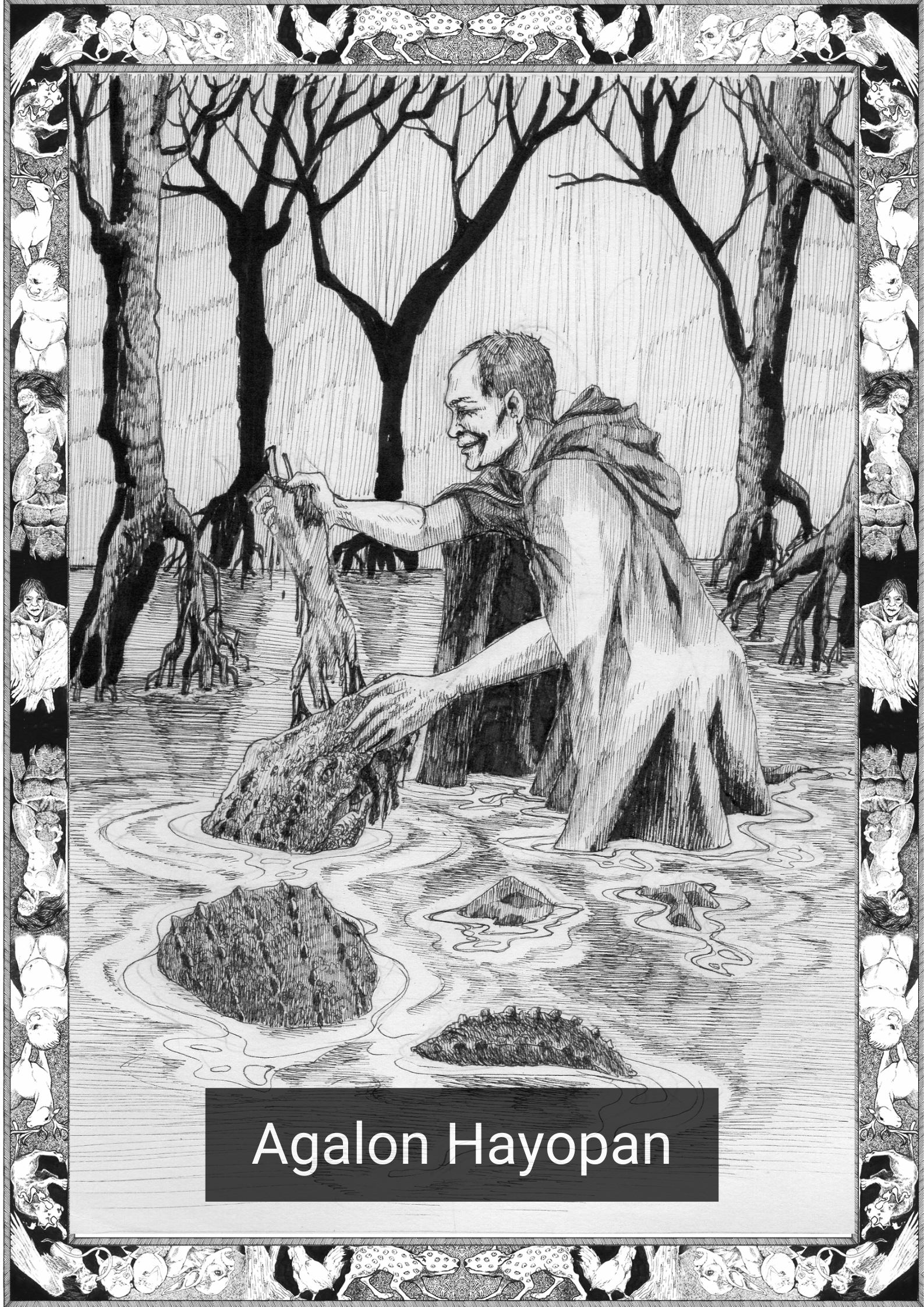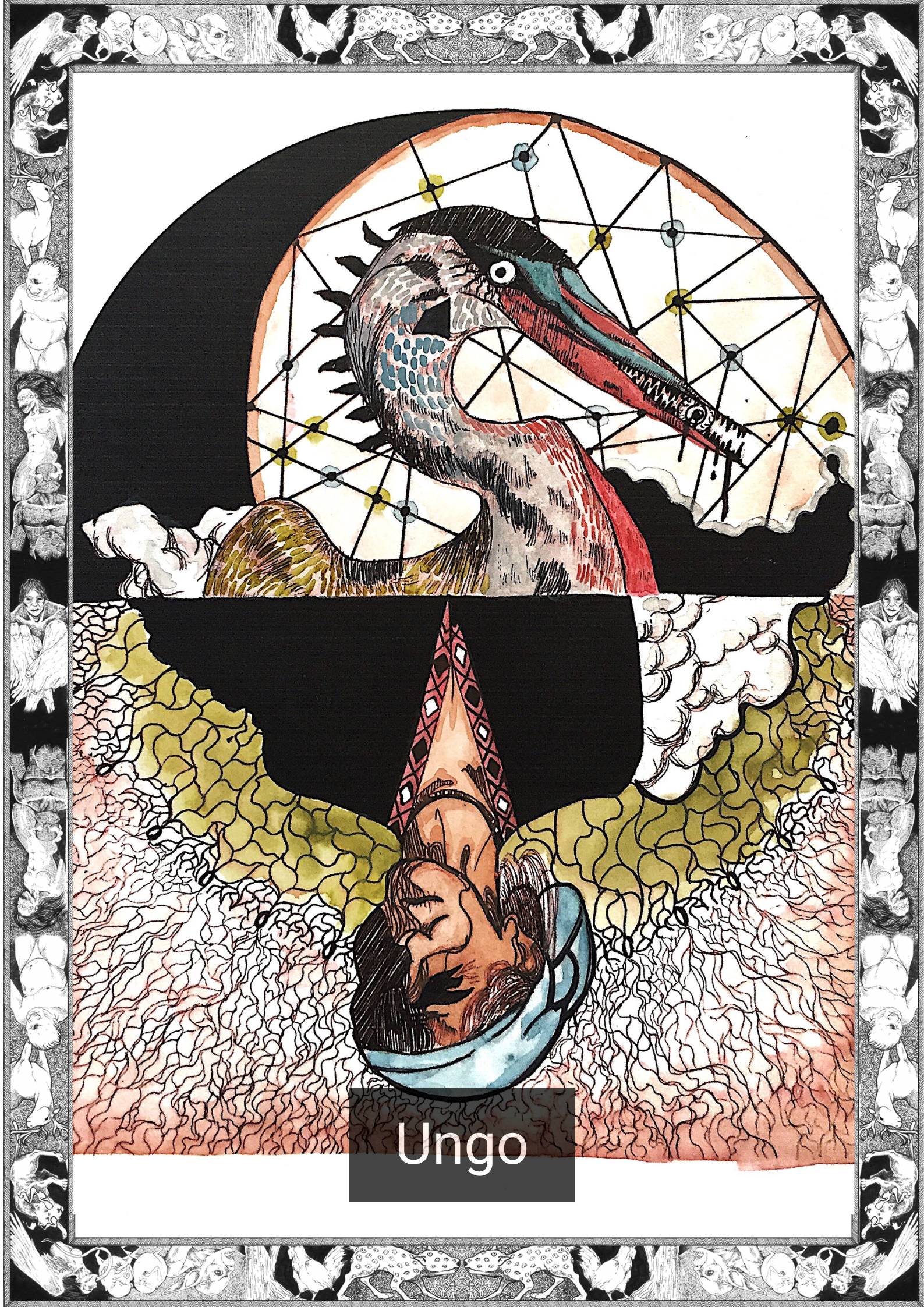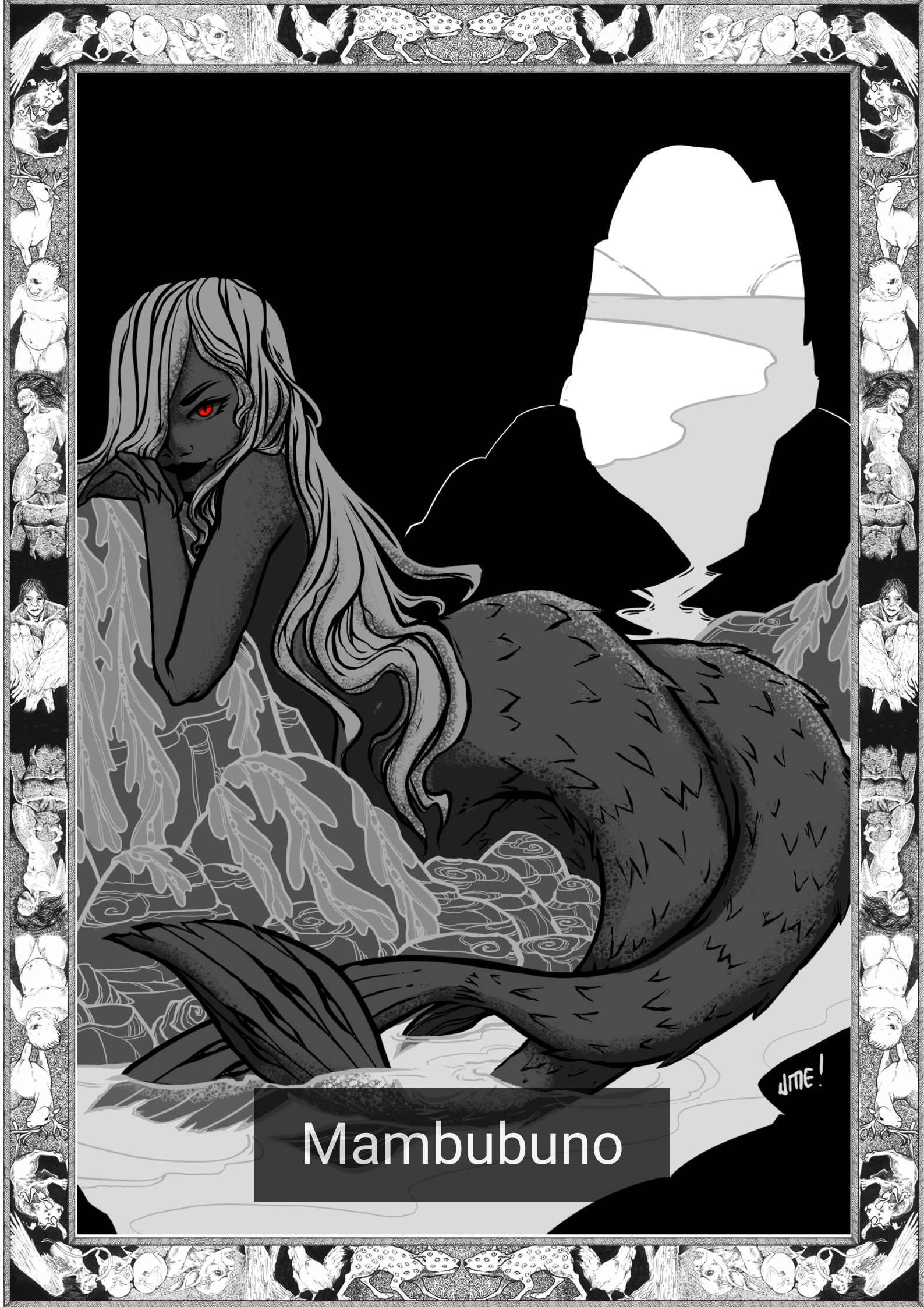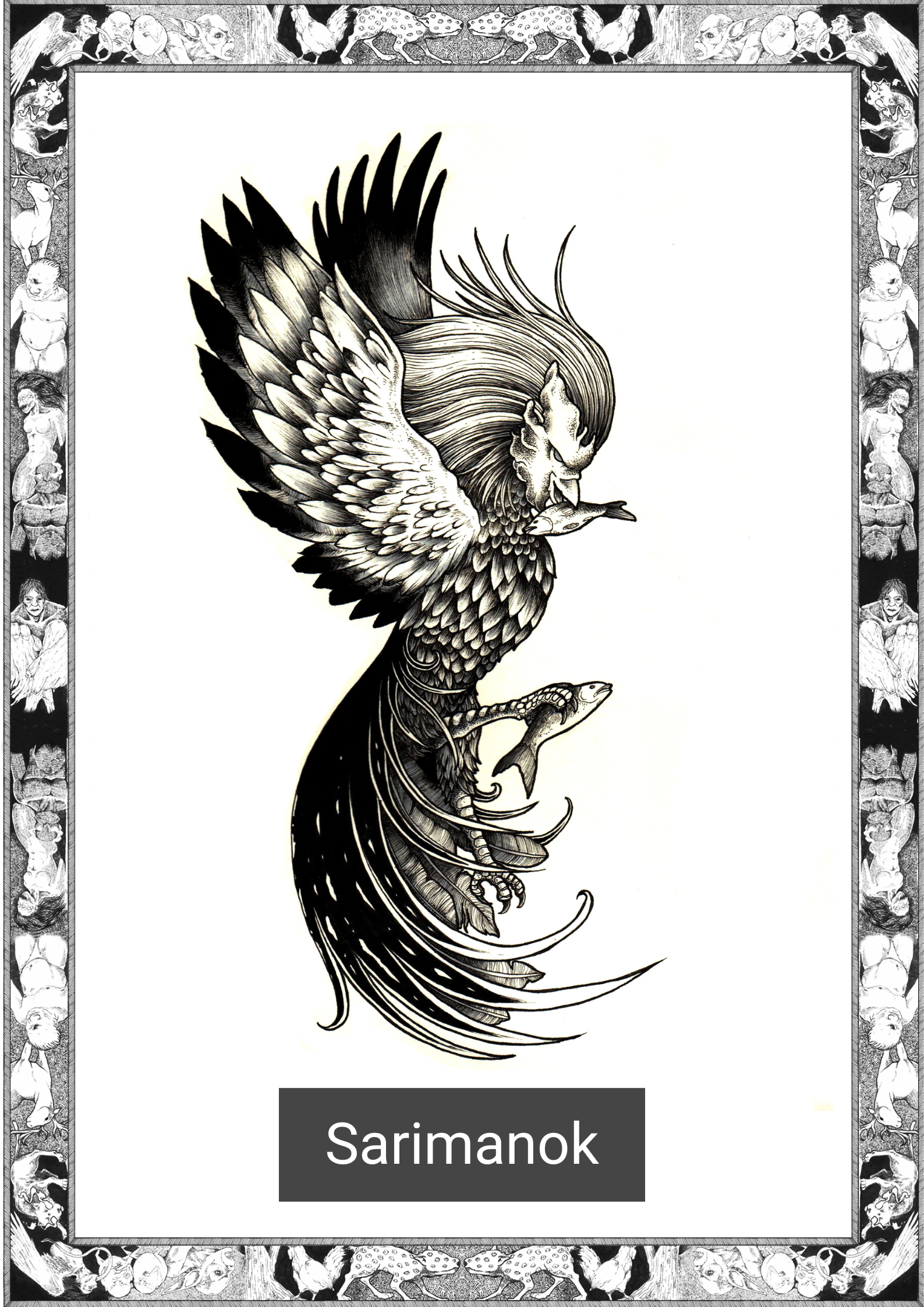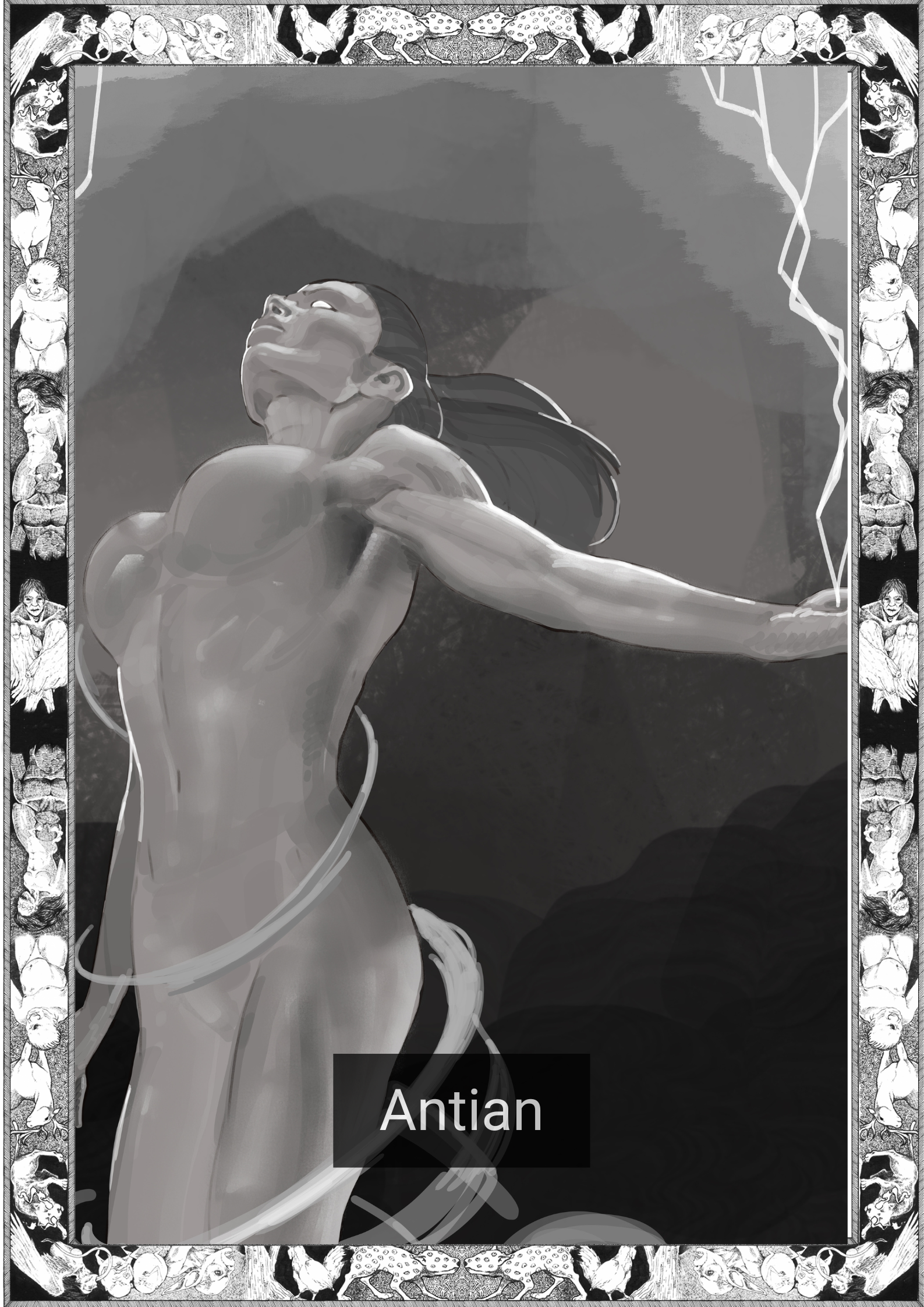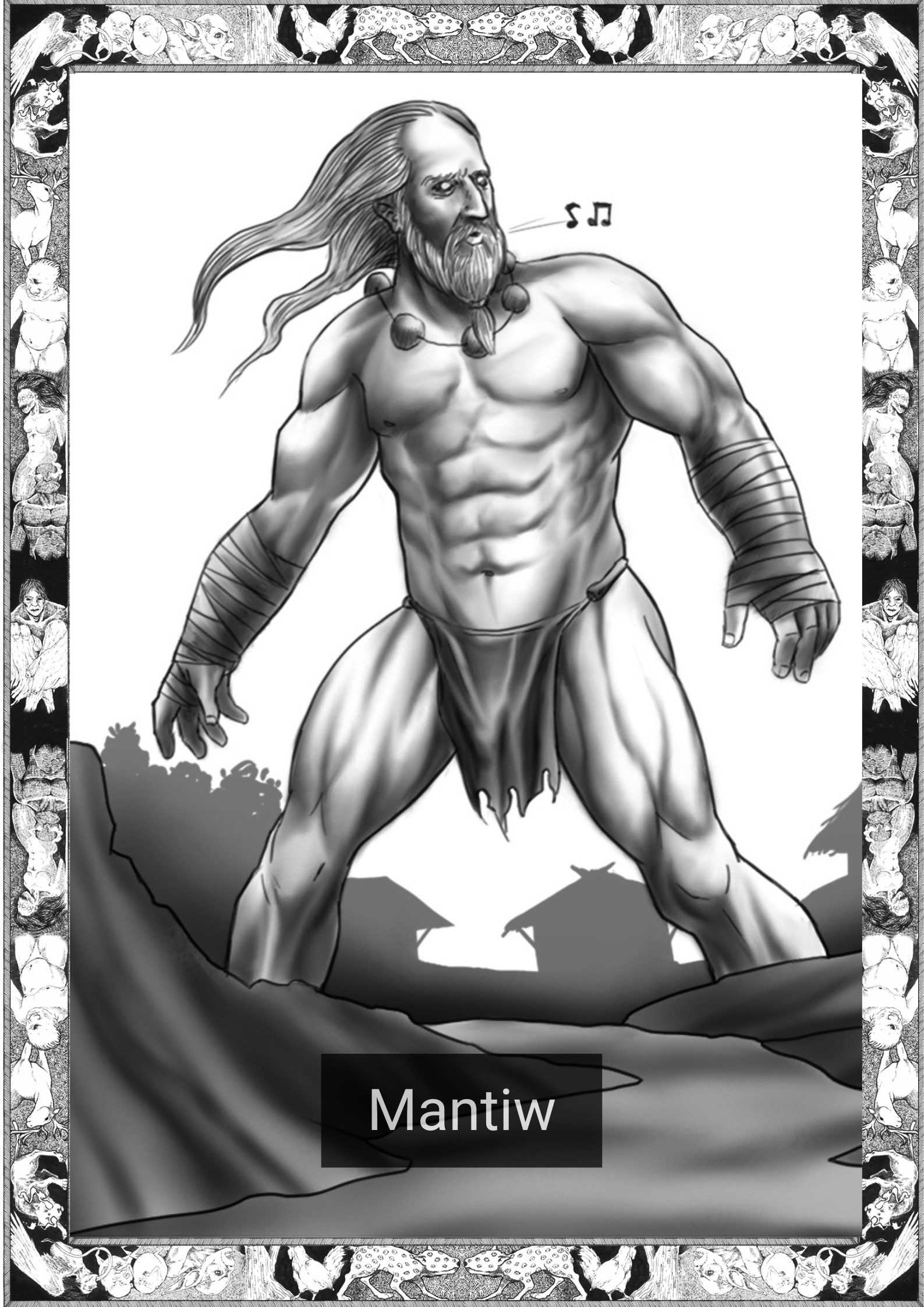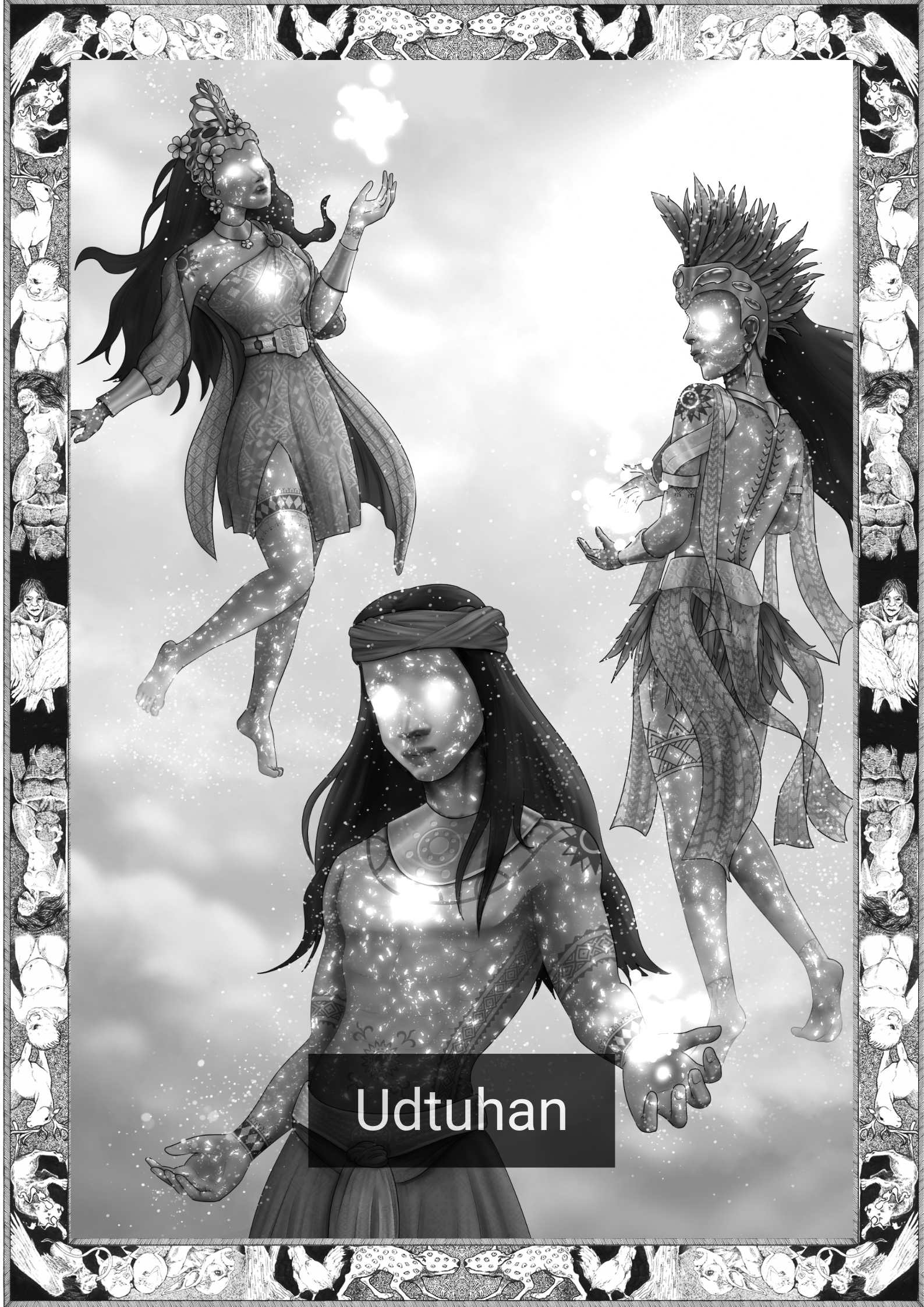
*Note this story is in Ibanag
“Ari gamma tu mariga i pattolay na kumadrona,” nonopan ni Carina. Edda massimmu nuri mekappa na nga pasyente sangaw nga liggu. Yuri pasyente na ay diyes i nuebe anyos laman, anna mattar-tarangal gapa ta aggana na. Maimammo gapa nga kinovovuk ni Carina yuri babay, anna nanabarang yayya sa. Gagangay na tu mariga yuri olu nga aggana, anna, gagangay tu makanassing yuri magana. Ngem, ammu ni Carina yuri kukukwan na. Tadday nga dekada ngana i pakkumadrona na anna i ngaral na ay pinataram ngana na ekspiryensya. “Ari ka nga mavurung, egga nga laman taw”, kunna gapa ta babay.
Ina ni Carina yuri napatu nga tuwalya ira, anna enna neplasta danaw ta aruk na likuk nuri babay. “Nepay ku ira yaw ta likuk mu tapenu komfortable ka nga maginnak ta allawan nuri abbing,” nesiguru ni Carina turi ta pasyente na. “Awayya na ngana tu purban nga ilawan yaw abbing?”, maimammo gapa ngana nga niyavu na babay. Naggalo si Carina, “Ari labbi. Mawak ta paga tu maginnak. Istoryam-mu pano gapa labbi niakan yuri atawam?”
Makauffun tu mappa-imammo ta yena ira i maki-istorya nira, anna, mapia nga magginna si Carina. Yuri babay gabba anna yuri atawa na ay nattammang adde taw nga parte na davvun. Ari tu netulu na magana ra yuri kasal da. Yuri lalaki ay piga ngana nga vulan nga magale-alek ta trabahu, yatun ta minay yayya ta siyudad tapenu magalek yayya tari. Aggaparan yuri babay ta pallabbe nakwan na atawa na ta tumunuk nga liggu, ngem, maraddam yayya ta ari kanu makalabbe yuri atawa na ta tiempo na aggana na. “Ay, gagangay na gamma yatun ta attawa nga lalaki,” negalo gapa ni Carina. Naggalo gapa yuri babay.
Ammu ni Carina nga ari tu malogon yuri aggana na babay. Meammung taw, piga nga oras paga i mappasa nage nuri karigattan nga parte na trabahu. “Mapia laman ta dana ne-prepara’ ngana i ngamin nga mawak ira,” pinanono na. Dakal nga uffun i mapparan anna mapprepara.
Ganganalaman, gavva tu egga i nabasa nga nataga ta abaga ni Carina, anna nagimmang tu mangananwan i aginango na. Naggalo laman yayya. Mepangngo garay tu ari makatageno ta assing yuri babay. Dana mariga ngana i magana maski paga awat-tu vuru-vurung ta kunnaw a gannug.
Naggegek si Carina ta nono na megafu ta nakattamman na yuri lubban. Nabattang na tamma yuri turi ta unak na traysikal nga nattakayan na ganguri. “Awan ngana tu meuffun na pappanono turi,” nekagi na ta nono na. Egga gamma paga ta pagipayyan na yuri pinasigguk nga pirasu na pasingan. Dakal kanu lagu nga uffun i mapprepara.
“Sangaw, egga labbi i etta nga purban. Ikiddam mu ngana laman labbi i matam ah, anna ari mu nga iladdang adde ta ikagi’ nikaw.” Nattagga ngana i ngaral ni Carina, ngem, kurug a nananawak nga nataram paga i ekspiryensya na. “Ngatta, egga kari i problema?”, niyavu na babay, matageno ta ngaral na i assing.
“Ay, awan gapa. Egga laman i angul nga mawak ku nga taronan.” Nekiddam ni Carina danuri mata-mata nuri babay. Mapia laman ta patangagabi nga kani Carina laman nga agalipay yuri babay. “Nayunam-mu laman yuri agistoryam ta atawam. Ananiddu paga i gabi ta nga duwa.”
————————————————————————-
“The life of a midwife isn’t so hard,” Carina reflects. She’s seeing her 4th patient this week. The woman is only 19 years old and preparing for the birth of her first child. Carina speaks calmly and reassures the woman. It’s always difficult for first timers, so many fears going through their heads, but Carina knows what she’s doing. She’s been a midwife for more than a decade and she speaks with a voice sharpened by experience, “It’s going to be okay, I’m here.”
She grabs the warm towels and puts them underneath the woman’s back. “This should keep you comfortable while we wait for the baby,” Carina reassures her patient. “Should I push now?” the woman is calmer now, Carina smiles, “Not yet, we still have to wait. Why don’t you tell me about you husband?”
Talking always helps the mothers calm down and Carina is a good listener. The young woman and her husband eloped to this part of the country, their parents didn’t approve of their marriage. The husband had been trying to find work for months and went to the city to see if there was anything there. He was expected back next week and the woman is disappointed he won’t be here for the birth of their child. “Oh you can always expect that from husbands,” Carina laughs. The woman laughs as well, humor wins over fear most of the time.
Carina knows this is going to be a hard labor, and it will take a few hours before the actual work will happen. “It’s a good thing I prepared everything,” she thinks to herself. It always paid to be prepared.
Something wet suddenly falls on Carina’s shoulder and her breath stops for a moment. She smiles. Carina can’t let the woman see any hint of fear, childbirth is already hard enough without worrying about something like this.
Carina silently curses under her breath for forgetting about the suba. She must have left it in the tricycle on her way here. “No use worrying about that now,” she thinks. There’s still the sharpened piece of bamboo in her bag. It always paid to be prepared.
“Okay, we’re going to try something, so just close your eyes okay? And don’t open them until I say so,” Carina’s voice is sterner now, but the edge of experience still shines through. “Is something wrong?” The woman voice has a hint of fear.
“Oh no, nothing wrong. I just need to take care of a pest.”
Carina closes the woman’s eyelids, thankfully she was looking at Carina the whole night. “Now just keep telling me about that husband of yours. We have a long night ahead of us.”
——————————————————————————
*Pomelo fruit
*The Ibanag language (also Ybanag or Ibanak) is spoken by up to 500,000 speakers, most particularly by the Ibanag people, in the Philippines, in the northeastern provinces of Isabela and Cagayan, especially in Tuguegarao, Solana, Abulug, Cabagan, and Ilagan and with overseas immigrants in countries located in the Middle East, United Kingdom and the United States. Most of the speakers can also speak Ilocano, the lingua franca of northern Luzon island. The name Ibanag comes from the prefix “I” which means “people of”, and “bannag”, meaning river. It is closely related to Gaddang, Itawis, Agta, Atta, Yogad, Isneg, and Malaweg.
Written by Karl Gaverza
Translation by Jake Calubāquib Coballes
Copyright © Karl Gaverza
Translation Copyright © Jake Calubāquib Coballes
Inspired by the Wak-wak entry in Creatures of Philippine Lower Mythology. Ramos. 1971.
Wak-wak (Surigao) Illustration and Watercolor by Nightmaresyrup
Tumblr: http://nightmaresyrup.tumblr.com/



